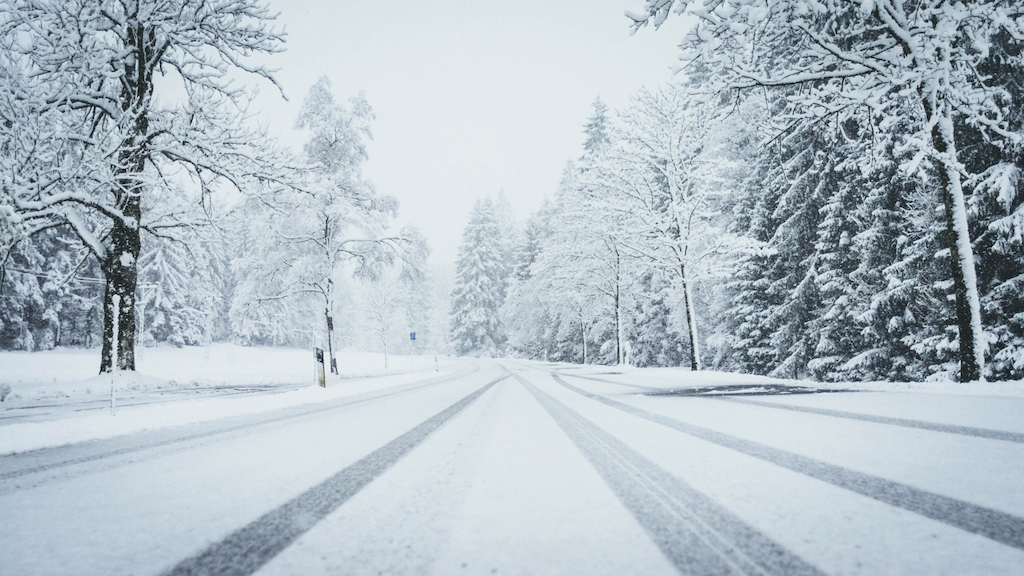
Off-road navigation can be a daunting task for overlanders. The thrill of exploring new and remote places is accompanied by the challenge of navigating through rough terrains. However, with the right techniques and tools, you can enjoy a safe and memorable journey. In this blog post, we will discuss some essential tips and best practices for off-road navigation for overlanders.
Plan Your Route Carefully
Planning your route is crucial before embarking on an off-road journey. Researching the area and gathering as much information as possible about the terrain, weather, and potential hazards is essential. Consider using a map, GPS, or navigation apps to mark your route and keep track of your progress. A backup plan is also necessary in case of emergencies.
It’s advisable to check the weather forecast before setting out on your journey. Heavy rains, snow, or fog can make off-road driving hazardous. Knowing the weather conditions can help you plan your route accordingly. It’s also important to factor in the time of the day, especially if you plan on driving in the dark. It’s easier to navigate during the day when there’s plenty of light, and landmarks are easier to spot.
Use the Right Tools
Having the right tools is essential for off-road navigation. Ensure your vehicle is equipped with a reliable GPS device, compass, and maps. GPS devices are particularly useful as they can track your location, altitude, and speed and provide turn-by-turn directions. However, they can fail in remote areas with poor reception, so it’s important to have a backup compass and map.
It’s also essential to ensure your vehicle is in good condition and can handle the rough terrain.
Check the tires for wear and tear, and ensure they have the right pressure. It’s advisable to carry a spare tire and a tire repair kit in case of a puncture. Carry a high-lift jack and recovery gear, such as tow straps, shackles, and a winch, in case you get stuck in mud or sand. You may also want to carry a portable air compressor to inflate or deflate your tires, depending on the terrain.
Pay Attention to Landmarks
In remote areas, it’s easy to get disoriented, especially if you’re relying solely on your GPS device. To avoid getting lost, pay attention to landmarks such as mountains, rock formations, rivers, and any other distinctive features. Natural markers such as the position of the sun, stars, and moon can also help you navigate. Make note of significant features along your route, such as intersections or junctions, to help you remember your way.
It’s also essential to pay attention to the terrain and the road conditions. Look out for any obstacles such as rocks, tree stumps, or ruts, which can damage your vehicle or cause accidents. Some terrains may require additional precautions such as crossing shallow rivers, which can be dangerous if you’re not familiar with the area. Always take your time and assess the situation before proceeding.
Stay Alert and Focused
Off-road driving requires a high level of attention and focus. The terrain can be unpredictable, and hazards such as rocks, potholes, and mud can appear suddenly. Keep your eyes on the road and stay alert for any obstacles. Avoid distractions such as texting or talking on the phone while driving, as they can increase your risk of accidents.
It’s important to anticipate the terrain and adjust your driving accordingly. Maintaining a safe speed is essential, especially when driving on rough terrain. Accelerate and brake gradually to avoid sudden movements that can cause your vehicle to lose traction. It’s also important to avoid sudden turns or movements that can cause your vehicle to tip over. When driving in a convoy, keep a safe distance from other vehicles to avoid collisions or accidents.
Practice Safe Driving Techniques
Off-road driving requires a different set of skills than driving on paved roads. It’s important to practice safe driving techniques to avoid accidents or damage to your vehicle. First, maintain a safe speed, especially when driving on steep inclines or sharp turns. Excessive speed can cause your vehicle to lose control and potentially roll over.
Second, keep a firm grip on the steering wheel and avoid over-correcting. Over-correcting can cause your vehicle to fishtail and lose traction, making it difficult to regain control. Third, avoid sudden movements such as slamming on the brakes or accelerating quickly. These movements can cause your vehicle to lose traction and potentially cause an accident.
Lastly, maintain proper tire pressure and adjust it according to the terrain. Lower tire pressure can increase traction on loose terrain such as sand or mud. However, it’s important to inflate your tires properly when driving on paved roads to avoid tire damage or blowouts.
Be Prepared for Emergencies
Off-road driving can be unpredictable, and emergencies can happen at any time. It’s important to be prepared for emergencies and carry essential tools and equipment such as a spare tire, jack, tire repair kit, and first aid kit. A communication device such as a satellite phone or a two-way radio is also essential to call for help in case of emergencies.
Be sure to inform someone of your route and expected arrival time in case you don’t arrive as scheduled. In case of an emergency, it’s important to stay calm and assess the situation before taking any action. If you’re injured, seek medical attention immediately. If your vehicle is stuck, use your recovery gear to try and get it out. If you can’t get your vehicle out, stay with it and wait for help to arrive.
Off-road navigation requires careful planning, the right tools, and safe driving techniques. Planning your route, using the right tools, paying attention to landmarks, staying alert, practicing safe driving techniques, and being prepared for emergencies can help you navigate through rough terrains safely and confidently. By following these essential tips and best practices, you can enjoy a memorable and safe overland journey.
FAQs
Planning your route is crucial before embarking on an off-road journey. Researching the area and gathering information about the terrain, weather, and potential hazards is essential. It helps in ensuring safety and avoiding unforeseen challenges during the journey.
Having the right tools ensures that you can navigate safely and efficiently. Tools like a reliable GPS device, compass, and maps can track your location, provide directions, and help in case of device failures. Additionally, ensuring your vehicle is in good condition is vital for handling rough terrains.
In remote areas, it’s easy to get disoriented. Paying attention to landmarks like mountains, rock formations, and rivers can help in maintaining direction and avoiding getting lost. Natural markers like the sun, stars, and moon can also assist in navigation.
Off-road driving requires maintaining a safe speed, especially on rough terrains. It’s essential to keep a firm grip on the steering wheel, avoid over-correcting, and avoid sudden movements that can cause the vehicle to lose traction. Proper tire pressure adjusted to the terrain can also enhance safety.
Why is it crucial to stay alert and focused during off-road driving?
The terrain during off-road driving can be unpredictable with sudden hazards like rocks, potholes, and mud. Staying alert helps in anticipating the terrain, adjusting driving accordingly, and avoiding potential accidents.
Being prepared for emergencies involves carrying essential tools and equipment like a spare tire, jack, tire repair kit, and first aid kit. Communication devices like satellite phones or two-way radios are vital for seeking help. Informing someone about your route and expected arrival time can also be beneficial in emergencies.
- Tips and tricks For Setting Up Camp Like a Pro - September 11, 2023
- The Best Multi-Tools for Overlanding Adventures - August 25, 2023
- Off-Road Navigation Tips for Overlanders - August 13, 2023



